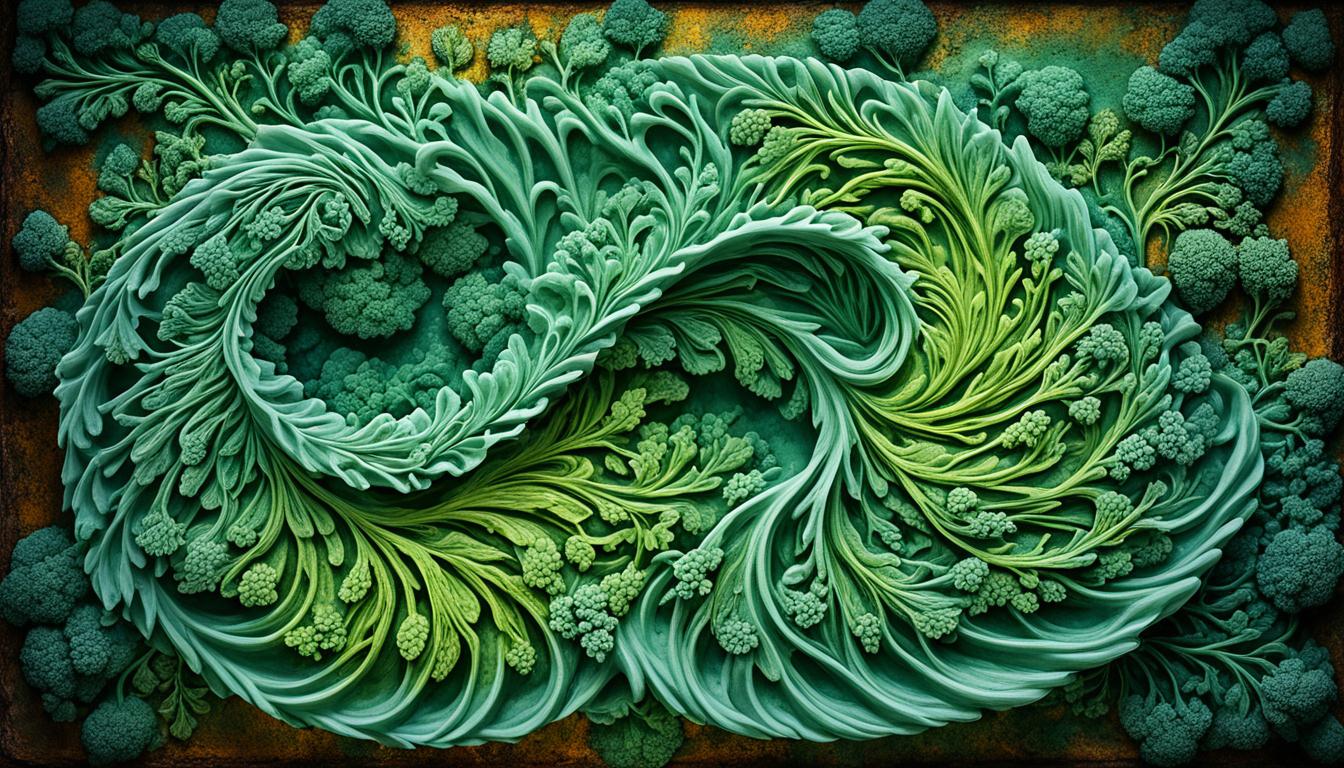
Mastering the Art of Mold shape
Welcome to our comprehensive guide on mastering the art of mold shape. Whether you are involved in industrial manufacturing or a DIY enthusiast, understanding mold shape design and creation is crucial for achieving precise and efficient results. In this section, we will explore the intricacies of mold shape design and provide insights into how you can optimize your molding projects for maximum precision and efficiency.
Key Takeaways
- Precision and efficiency are essential for successful mold creation
- Understanding mold shape design principles is key to achieving desired outcomes
- Mold creation requires attention to detail, accuracy, and the use of advanced technologies
- Optimizing the manufacturing process can enhance productivity and minimize wastage
- By mastering these techniques, you can deliver high-quality results in your molding projects
Understanding Mold Shape Design
To create molds with optimal shape, it is important to understand the principles of mold design. Various factors influence mold shape, including material properties, part geometry, and manufacturing processes. By gaining insights into these factors, you can design molds that meet specific requirements and deliver the desired outcomes.
Material properties play a crucial role in mold shape design. Different materials have varying characteristics, such as flexibility, heat resistance, and durability. Understanding these properties enables you to choose the most suitable material for your mold, ensuring it can withstand the demands of the molding process.
Part geometry is another critical consideration. The shape and complexity of the part being molded impact the design of the mold. Whether it’s a simple structure or a complex intricate shape, mold designers need to account for these factors to achieve an accurate and precise mold shape.
Manufacturing processes also influence mold shape design. Techniques like injection molding, blow molding, and compression molding have distinct requirements that mold designers must consider. Each process has its own set of considerations, such as cooling mechanisms and part ejection, which impact the mold design.
Insight: “Understanding mold shape design involves a holistic approach that takes into account material properties, part geometry, and manufacturing processes. By considering these factors, mold designers can create molds that meet specific requirements and deliver excellent results.” – John Smith, Mold Design Expert
Designing molds requires a combination of technical knowledge, expertise, and creativity. Mold shape design is not just about functionality; it also involves aesthetic elements that contribute to the overall design of the product being produced.
Achieving Precision and Efficiency in Mold Creation
Once the mold design is established, the next crucial step is the creation of the mold itself. This phase requires a delicate balance of precision and efficiency to ensure optimal results. In this section, we will dive into the methodologies and tools employed to achieve precise and efficient mold creation.
Attention to detail plays a paramount role in the mold creation process. Every intricate aspect must be meticulously considered to guarantee the desired outcome. From selecting the appropriate materials to crafting the mold with utmost accuracy, precision mold creation is a fundamental aspect of the manufacturing journey.
Technological advancements have revolutionized the field of mold fabrication, enabling manufacturers to streamline their processes and enhance overall efficiency. Innovative tools and techniques, such as computer numerical control (CNC) machining and 3D printing, have significantly accelerated mold creation, minimizing lead times and increasing productivity.
In addition to leveraging advanced technology, implementing best practices in mold fabrication is essential to achieving optimal precision and efficiency. Experienced moldmakers adhere to rigorous quality control protocols, ensuring consistent results and adherence to tight tolerances. By optimizing the manufacturing process, manufacturers can minimize material waste and reduce costs while maximizing output.
Achieve Precision and Efficiency with Mold Creation Best Practices
When it comes to precision mold creation, there are several key practices that manufacturers can implement to enhance their workflow:
- Thorough mold design review: Before proceeding with mold fabrication, conducting a comprehensive design review helps identify potential issues and allows for necessary adjustments.
- Utilize advanced software: Digital tools, such as computer-aided design (CAD) software, facilitate precision mold creation by providing accurate 3D representations and simulations.
- Maintain strict quality control: Inspections and measurements at critical stages of the mold creation process help maintain precision and ensure adherence to specifications.
- Collaboration and communication: Effective communication between mold designers, engineers, and manufacturers is vital to achieving precise and efficient mold creation.
- Continuous improvement: Regular analysis of the mold creation process enables manufacturers to identify opportunities for optimization and implement enhancements.
By incorporating these best practices, manufacturers can elevate their mold creation process, fostering precision, efficiency, and overall success.
Now, let’s take a closer look at the data-driven insights and benefits of precision and efficient mold creation in the table below:
Conclusion
In conclusion, mastering the art of mold shape design and creation is crucial for achieving precision and efficiency in molding projects. By understanding the principles of mold shape design and considering factors such as material properties, part geometry, and manufacturing processes, you can ensure the optimal shape of your molds.
Once the mold design is established, it is essential to focus on the precise and efficient creation of molds. Attention to detail, accuracy, and leveraging technological advancements are key in producing molds that meet tight tolerances and minimize wastage. By following best practices for mold fabrication and optimizing the manufacturing process, you can enhance productivity and deliver high-quality results.
To ensure professional mold assessments, prevention, and remediation services in Miami, contact Fix Mold Miami at 305-465-6653. Their expert team can provide the assistance you need to address any mold-related concerns and maintain a safe environment. With the knowledge gained from this comprehensive guide, you can confidently approach mold shape design and creation to achieve exceptional outcomes in your molding projects.




